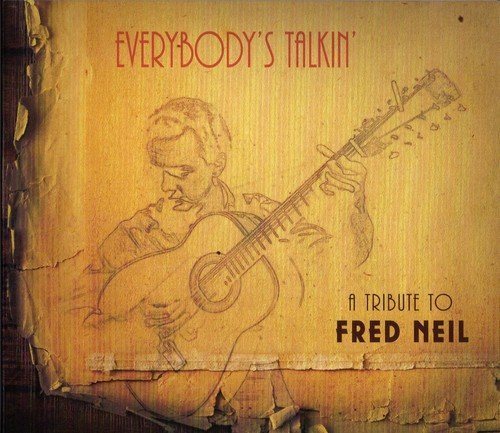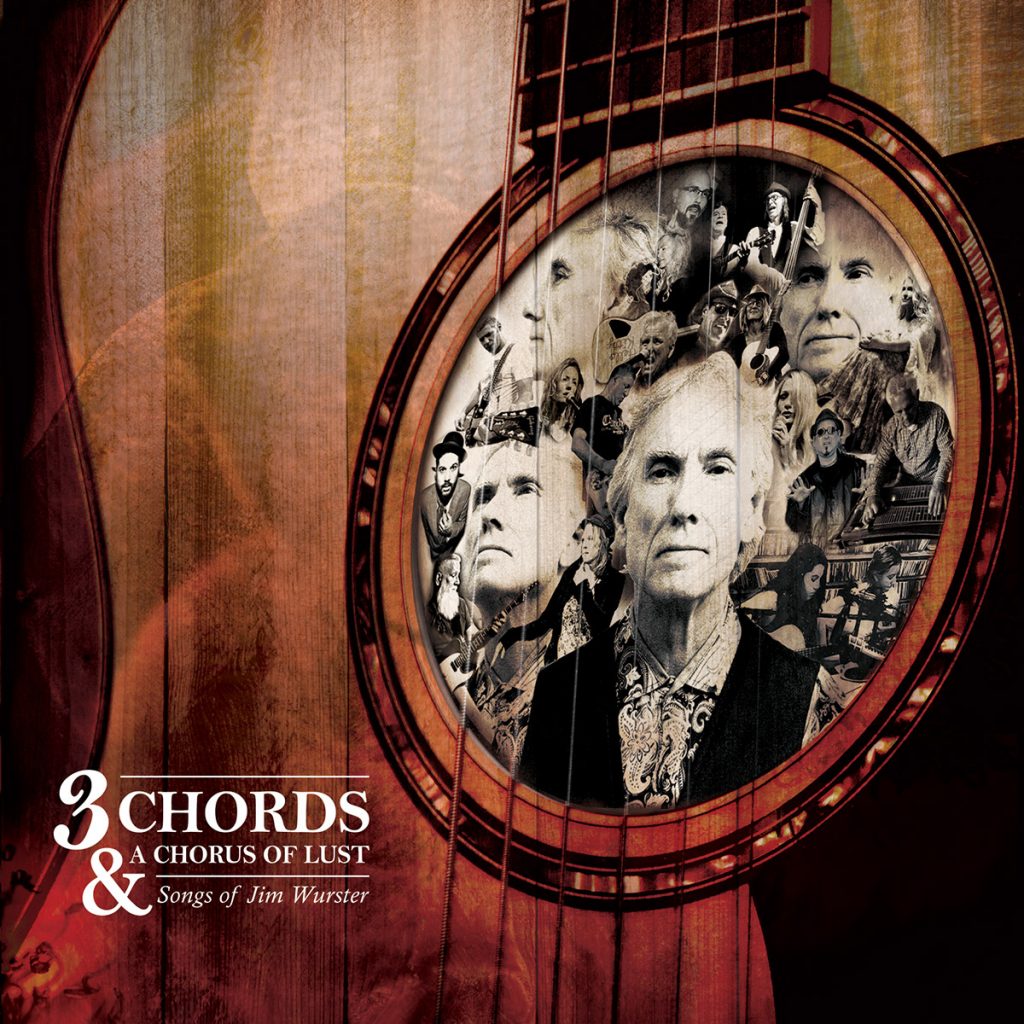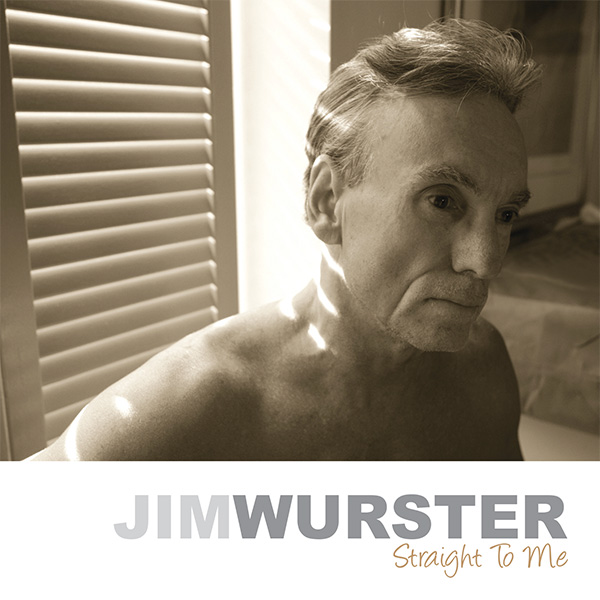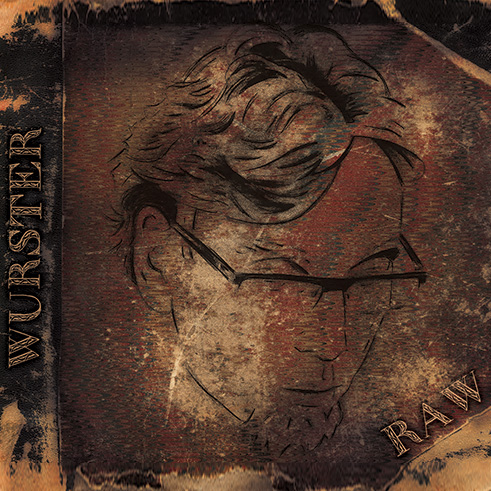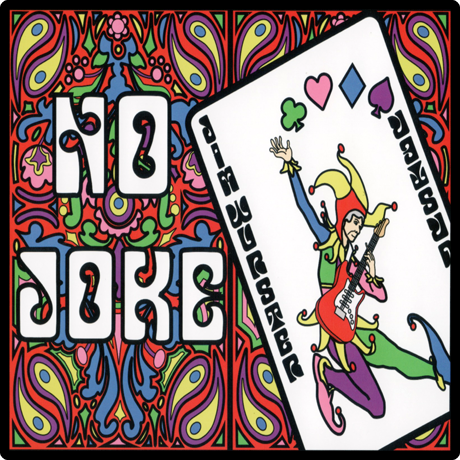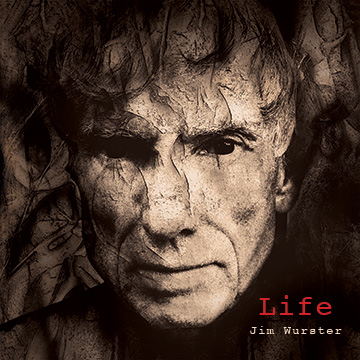
Life
Jim Wurster is from the sunniest corner of the Sunshine State, an idyllic, palm-fringed paradise where workers of the world seek refuge, trading the weight of modern life for South Florida’s dreamy light.
But Wurster has never allowed himself to be blinded by such sublime imagery — a sham, after all — and in this superb new collection of music he has written a profound postcard from the edge, where greed and deception are ascendant, truth and human connection elusive.
This is rock ‘n’ roll storytelling that echoes with Townes and Tom Petty and the working-man reportage of Woody Guthrie. In his quest, Wurster finds no paradise, no cheeseburger. What else could this album be called than, simply, “Life.”
It has been 30 years or so since Wurster ruled the South Florida indie-rock scene as the leader of Black Janet, and he still wields his guitar with purpose, whether sweeping through the gloom of “Master of Deception” like the welcoming beam of a lighthouse or giving the folky “One Last Call” a perky defiance.
During much of his rock ‘n’ roll life Wurster was moonlighting as a high-school American history teacher, which burnishes his criticism of today’s duplicitous morality on the funky “Cold Hard World” and the scorching rocker “Standing in the Fire.”
Perhaps nowhere do the many threads of Wurster’s life bond so completely than on the final track, “Guns and Money,” a blistering indictment of the gun lobby and its distorting influence over day-to-day life in America. He sings, “They talk about rights / But it’s all about greed / All about money / Not the protection we need.”
After 33 years in teaching, Wurster retired in 2016 from Cypress Bay High School, which is about a 30-minute drive from Marjory Stoneman Douglas High School in Parkland, Florida, where 17 souls were lost in a shooting on Feb. 14
But all is not gloom and doom in “Life.” There is love, as Wurster and Diane Ward allow their voices to curl around each other on the poignant, country-rock ballad “Sweet Melody in the Wind.”
And the album opens with the sunny optimism of “What a Life It’s Been,” an infectious, windows-down sing-along about one man’s logic-defying determination to overcome. It demands to be turned up to 11, as Wurster sings, “I’ve been smitten / I’ve been bitten /Thought about quittin’ / But here’ I’m sittin’ / What a life it’s been.”
It’s just the way that “Life” ought to begin. And end. After the album closes with “Guns and Money,” let it roll back through for one more mood-boosting listen to “What a Life.” It’s even better the second time around.

